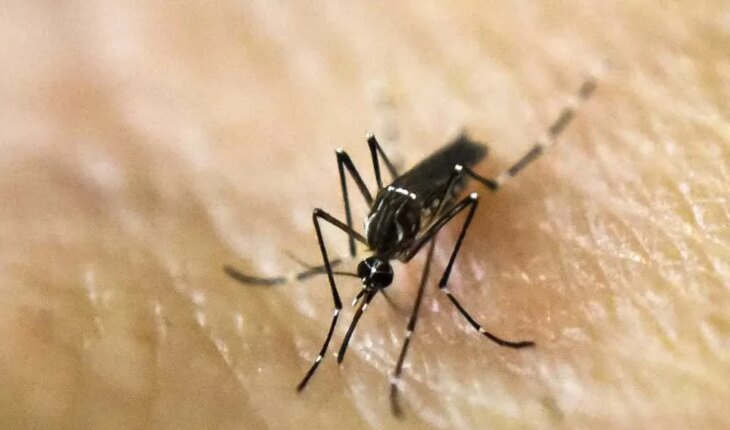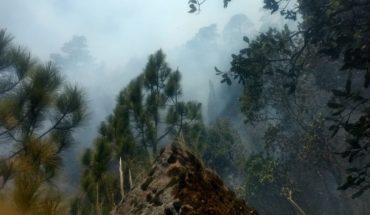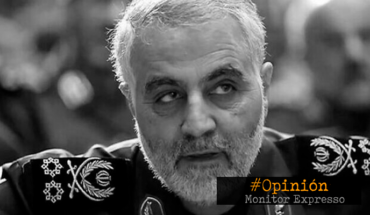During 2023, Argentina reached a record number of confirmed cases of people with dengue and now there is an alert from health authorities because there is a risk that the curve of cases will rise further this summer. According to the latest epidemiological bulletin of the Ministry of Health of the Nation, Last year, 128,129 natives were registered, and 71 deaths. At the same time, the circulation of the virus, which is transmitted by the Aedes aegypti mosquito, never slowed down last winter, especially in the northeast of the country, given that of the 3,400 cases registered in November, 96.5% were reported in the region. At the same time, there were confirmed cases of autochthonous dengue (with no travel history) in the Federal Capital, Buenos Aires, Santiago del Estero, Santa Fe, San Luis, Córdoba, Jujuy, Catamarca, and Salta.Meanwhile, the 71 deaths reported from dengue in 2023 represent 0.052% of the total cases. 57% of the deaths were women and 43% were men.What is dengue hemorrhagic fever? For decades, health authorities differentiated between dengue infection and dengue hemorrhagic fever. However, with the advancement of scientific research, the name changed: dengue and severe dengue. Under this framework, in dialogue with Dr. Tomás Orduna, former head of the Tropical Medicine and Travel Medicine Service at the F. J. Muñiz Infectious Diseases Hospital and member of the scientific committee of the Mundo Sano Foundation, he indicated that “currently dengue hemorrhagic fever is one of the possibilities of severe dengue.” It is serious because it can present with large hemorrhages, with dengue shock, or also with severe organ damage, with problems such as myocarditis, encephalitis or hepatitis. In fact, it can cause the death of the affected person.
Dengue hemorrhagic fever: What is it and what are the symptoms?
January 9, 2024 |





